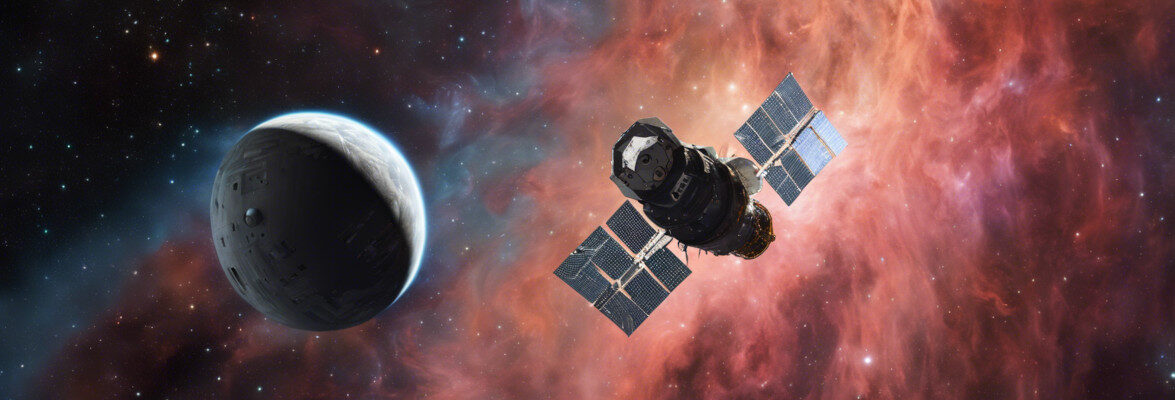
An article published in “The Astrophysical Journal” reports a study on AzTECC71, what appears to be a dusty primordial galaxy in which remarkable star formation is taking place. A team of researchers from the COSMOS-Web collaboration led by Jed McKinney of the University of Texas at Austin observed what appeared to be a ghost galaxy with the James Webb Space Telescope. The peculiarity of this study is that AzTECC71 was detected by some ground-based telescopes but didn’t appear to the Hubble Space Telescope. This may be a much more common case than previously thought that requires some sort of ghostbuster to find.
Dusty primordial galaxies can be challenging to find even when intense star formation is taking place because the light from those young, typically massive stars, is obscured in most electromagnetic frequencies. Some frequencies become distorted and come out of those galaxies longer than before and therefore appear red-shifted.
In AzTECC71’s case, the James Clerk Maxwell Telescope in Hawaii detected a fuzzy object, confirmed by the ALMA radio telescope in Chile but not by the Hubble Space Telescope. The COSMOS-Web collaboration uses the James Webb Space Telescope’s NIRCam (Near Infrared Camera) instrument to study the early universe in the largest of its initial Webb research projects. AzTECC71 appeared in detections obtained in some bands by NIRCam, at a wavelength of 4.44 microns, but not in others, at wavelengths below 2.7 microns.
The researchers had to do some ghost-busting work to find a galaxy that has a lower star mass and a higher redshift than average star-forming dusty galaxies. According to the researchers, we’re seeing the AzTECC71 galaxy as it was about 900 million years after the Big Bang.
The AzTECC71 galaxy is interesting because it shows a moment in the evolution of an early galaxy in which many stars are forming. Astronomers used to think that dusty galaxies of that type were rare, but now Jed McKinney and his collaborators suspect that they may be much more common and that the problem lies in their elusiveness. There could be many ghost galaxies like AzTECC71 hidden under blankets of dust waiting for a ghostbuster to discover them.
The analysis of about half of the data collected by the COSMOS-Web project offered over a dozen candidates with characteristics similar to the AzTECC71 galaxy. The researchers are examining them and have already estimated in the published study that there could be three to ten times more of them than astronomers thought. Studying these galaxies is difficult but observing their evolution can offer valuable information in the reconstruction of a crucial period in the history of the universe.

